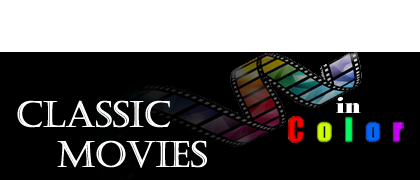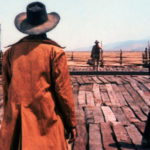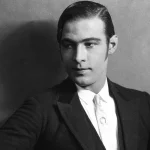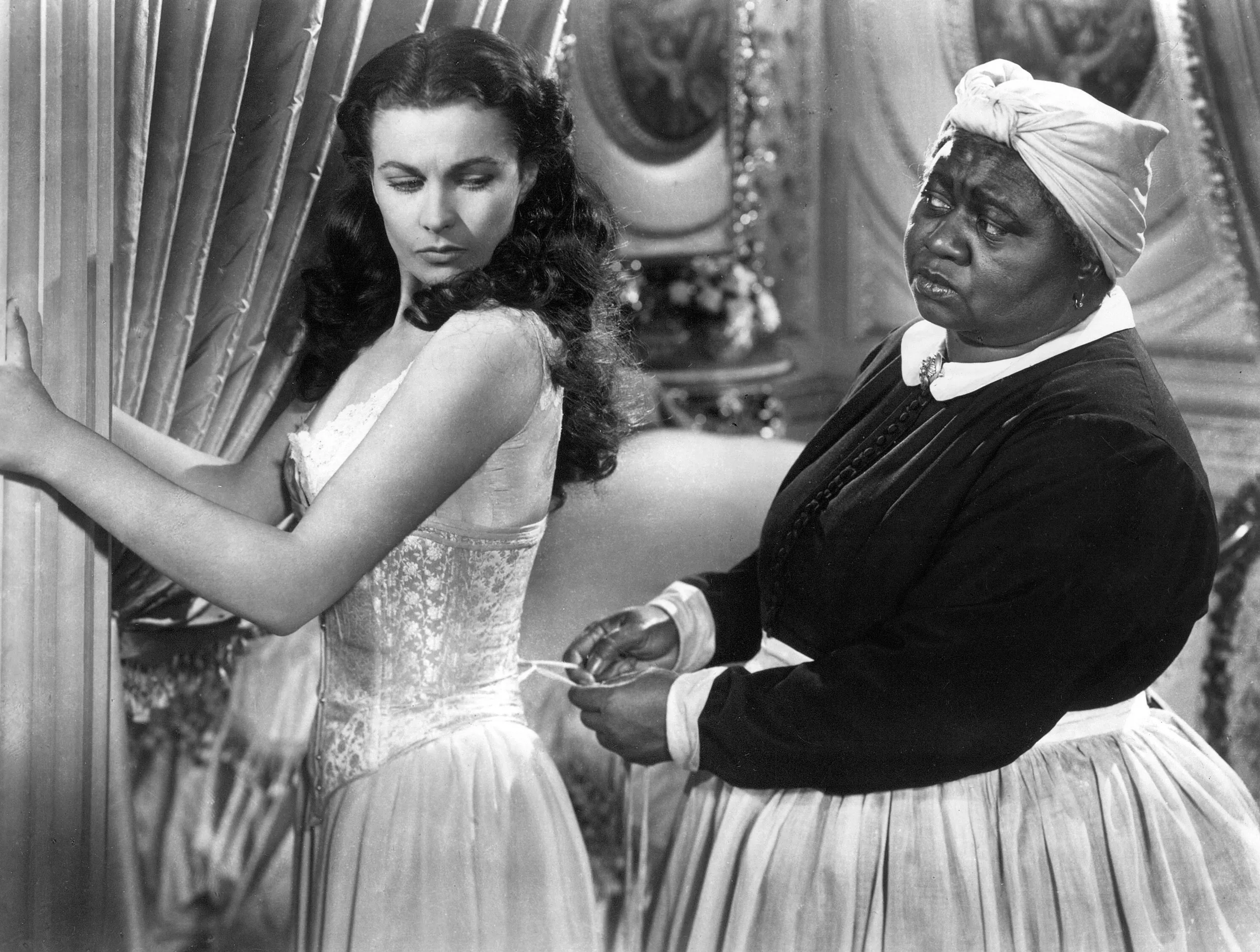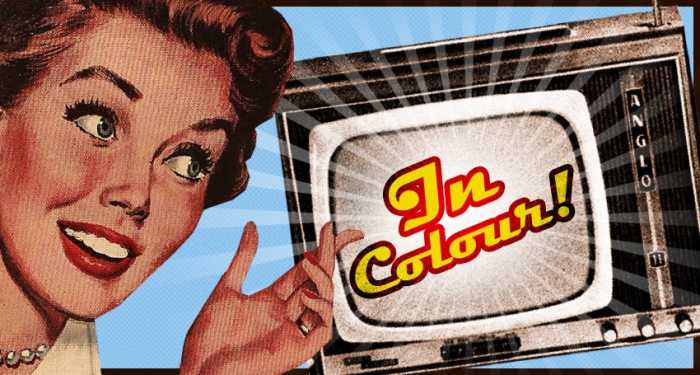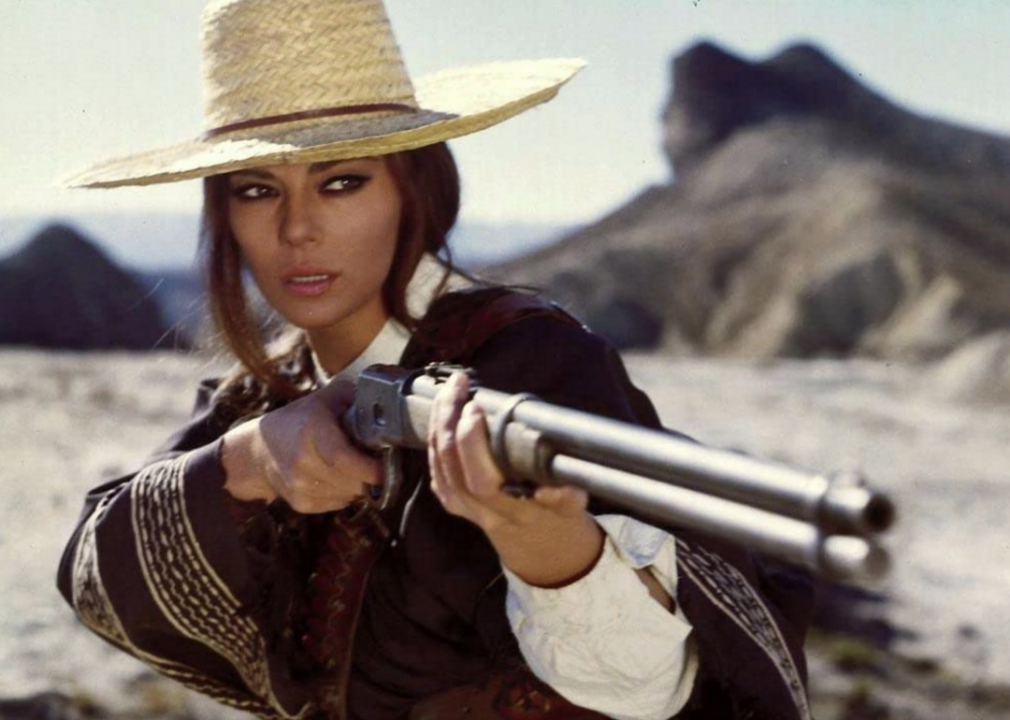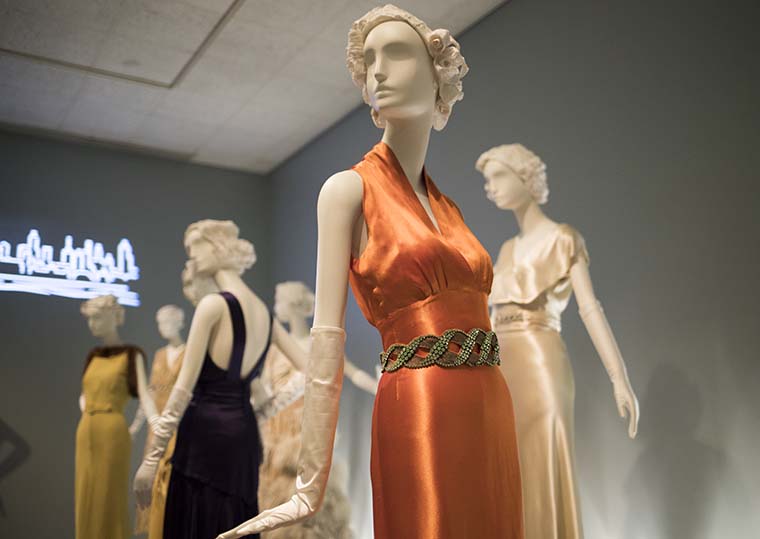
The Western genre has long been a staple of the cinematic landscape, captivating audiences with tales of cowboys, outlaws, and the untamed frontier. Within this genre, two distinct subgenres have emerged over the years – classic Western movies and Spaghetti Western movies. While both share the backdrop of the American Old West, there are significant differences in style, themes, and cultural origins that set them apart. In this blog, we explore these differences and how they have shaped the portrayal of the Wild West on the silver screen.
Classic Western Movies: Classic Westerns originated in Hollywood during the early 20th century. They were often produced and directed by American filmmakers, drawing inspiration from American history and literature. Classic Westerns showcased the American ideals of rugged individualism, heroism, and the triumph of law and order over chaos.
Spaghetti Western Movies: Spaghetti Westerns, on the other hand, have their roots in Italy and other European countries. The term “Spaghetti Western” was coined due to the genre’s Italian origin and its association with Italian filmmakers. These movies often had international casts and were filmed in locations outside the United States, adding a unique flavor to the portrayal of the Wild West.
Classic Western Movies: Classic Westerns typically had a polished and idealized visual style. They featured sweeping landscapes, majestic vistas, and carefully choreographed gunfights. The portrayal of the American frontier in classic Westerns was often romanticized, capturing the essence of the untamed wilderness with a touch of Hollywood glamour.
Spaghetti Western Movies: Spaghetti Westerns took a grittier and more realistic approach to the Western genre. They emphasized the harshness of life in the Old West, portraying rugged landscapes and dilapidated towns. Spaghetti Westerns were known for their intense close-up shots, quick zooms, and distinctive use of dust and sweat, adding to their raw and unconventional visual style.
Classic Western Movies: In classic Westerns, the characters were often depicted in clear-cut roles of good and evil. The hero, typically a stoic and virtuous cowboy, stood in stark contrast to the ruthless and cunning outlaw. Classic Westerns explored themes of honor, justice, and the struggle between civilization and lawlessness.
Spaghetti Western Movies: Spaghetti Westerns presented morally ambiguous characters, blurring the lines between heroes and antiheroes. The protagonists were often flawed, driven by personal motives rather than a strict sense of morality. These films delved into themes of revenge, existentialism, and the unpredictability of human nature.
Classic Western Movies: Classic Westerns featured memorable and iconic musical scores that have become synonymous with the genre. Composers like Ennio Morricone and Dimitri Tiomkin created sweeping, orchestral soundtracks that added depth and emotion to the stories.
Spaghetti Western Movies: Spaghetti Westerns are renowned for their distinctive soundtracks, often composed by Ennio Morricone. These soundtracks were characterized by their innovative use of whistles, electric guitars, and unconventional instruments, adding to the genre’s unique identity.
In conclusion, classic Western movies and Spaghetti Western movies are two distinct subgenres that have left an indelible mark on the history of cinema. While classic Westerns epitomize the American ideals of heroism and justice, Spaghetti Westerns offer a grittier and more nuanced portrayal of the Wild West. Both genres have their own unique charm and continue to captivate audiences worldwide, serving as a testament to the enduring appeal of the Western genre in all its diverse forms.
